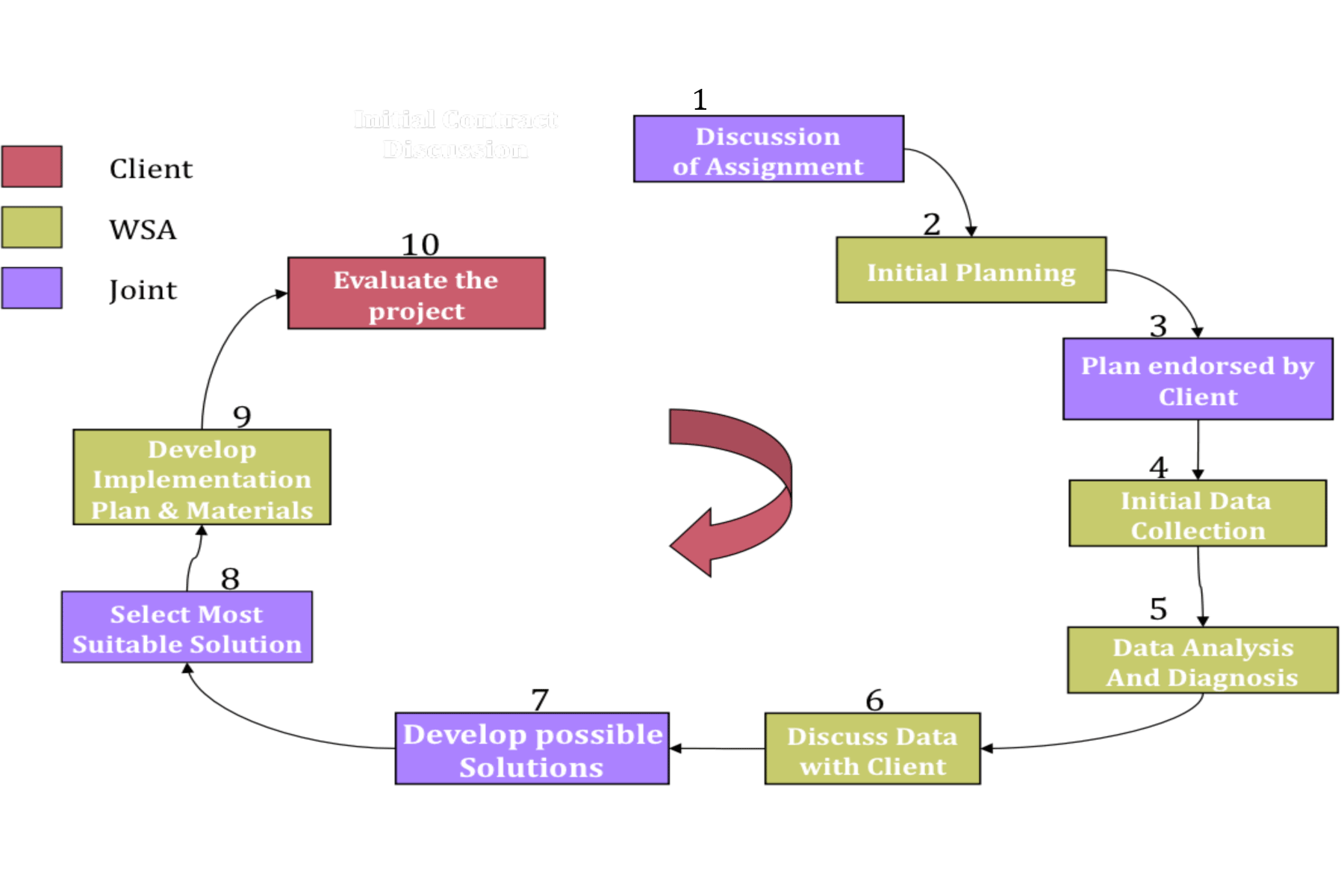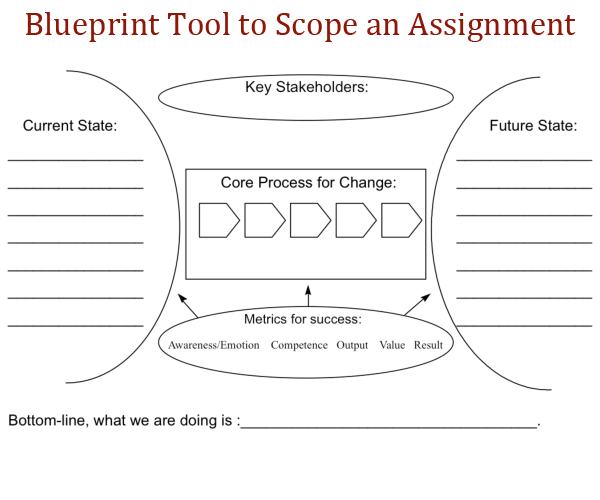Unique Value |
||
WSA's Unique Value
|
The WSA Partnering ProcessThe WSA approach to partnering on a project leaves clients feeling in charge and in control of the development effort.This partnering process is applicable to larger complex, organizational development projects. The diagram below illustrated the roles of WSA, client and collective activities in planning a large scale development project. Normally larger projects are started after a pilot is implemented on a smaller scale where the client and WSA are able to build a relationship of trust before engaging on a larger endeavor. |
|
WSA's 25 plus years of experience focused on getting tangible results from its development efforts has led to a set of disciplines that deliver positive improvements in bottom line organizational performance. |
||
Details |
||
Description of Partnering Process Steps
Graphic of WSA Partnering Process
 \
\

